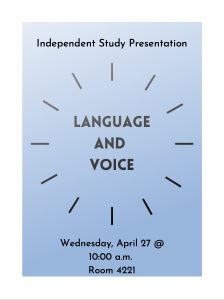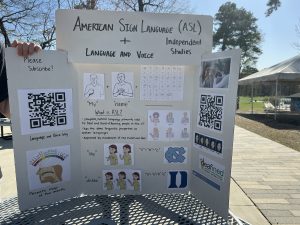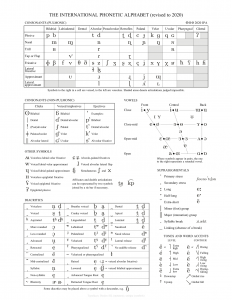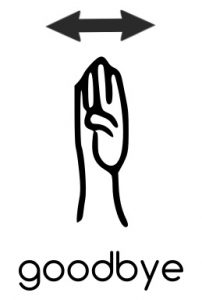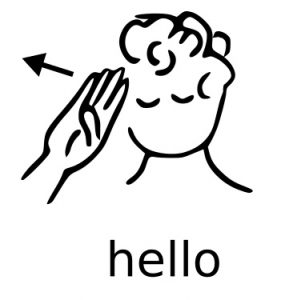Author's posts
Apr 22
Unit 3: Introduction
In my third and final unit, I am going to be learning about influential protests and their social movements. At first glance, this may not seem related to linguistics or learning sign language. Before, I was learning about people’s literal voice through both linguistics and American Sign Language, a form of communication without using said …
Apr 20
Unit 2: Final Thoughts
The processes involved in speech and the many complex components of language are fascinating. I was surprised to find out that for something that we use every day, I didn’t know much about it. I have always taken the amazing ability of speech for granted, except for the times where I have lost my voice. …
Apr 03
Independent Study Assembly
Mar 21
Unit 2: The Makings of Words and the IPA
I started my second unit, which focuses on the field of Linguistics and its applications, this past week. The question I asked when I started this unit seemingly had a simple answer, but further research revealed the answer to be much more complex. So, what is a word? Words are made up of morphemes, the …
Feb 23
Unit 1: Conclusion
As of this past weekend, I finished up the ASL course I was taking through the Durham County Library. I highly recommend this course if you want an introduction to ASL and the Deaf community. It is completely virtual and there is a fair amount of time to complete modules at a reasonable pace. In …
Feb 15
Unit 1: Lessons 4 – 9 Observations
Instead of writing about what I’ve learned in each individual module, I’ve decided to point out a few of the interesting signs I’ve learned and important aspects of Deaf culture throughout the week. Over the past few weeks, I’ve learned signs for numbers up to 100, modes of transportation, housing, indoor and outdoor activities, family …
Feb 08
Unit 1: Lesson 3 – Asking Questions and the Elements of a Sign
This module looked at WH questions and Yes/No questions. WH questions, who, what, when, where, why, and how, are signed with your eyebrows lowered (like when you’re frowning) and head tilted slightly to your dominant side. Yes/No questions, as their name suggests, are questions that expect a yes or no answer and are signed with …
Feb 01
Unit 1: Lessons 2 and 3 – Introductions
Since fingerspelling is how people communicate their names in conversation, the topic of introductions started in lesson two and continued into lesson three, which begins the subject of questions. In this section of lesson 2, I learned the signs for “hello,” “me,” and “name.” The word “is” does not appear in ASL, so it is …
Jan 24
Unit 1: Lesson 2 – Fingerspelling
In the second lesson of this course, I learned about the applications of fingerspelling and the ASL alphabet. Fingerspelling is used to spell out words, specifically proper nouns, that do not have signs. There are no signs for people’s names, so I would fingerspell “Olivia” in conversation. Brand names, such as “Nike” or “Patagonia”, also …
- 1
- 2

